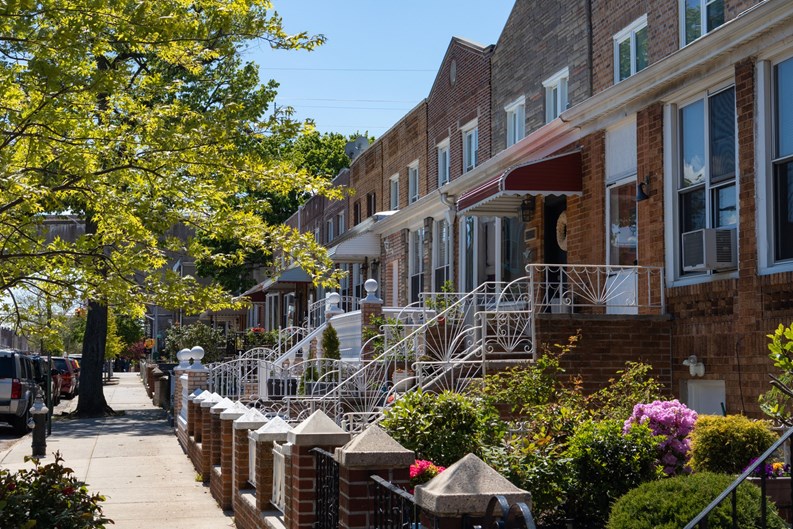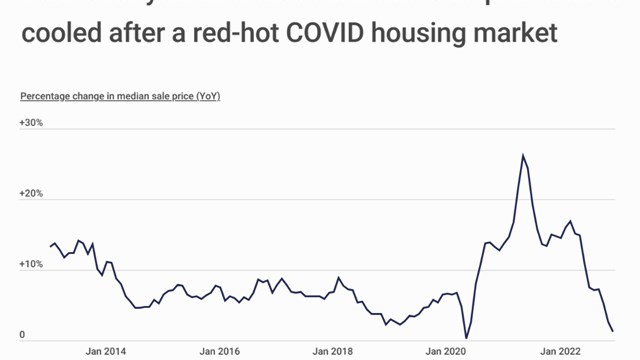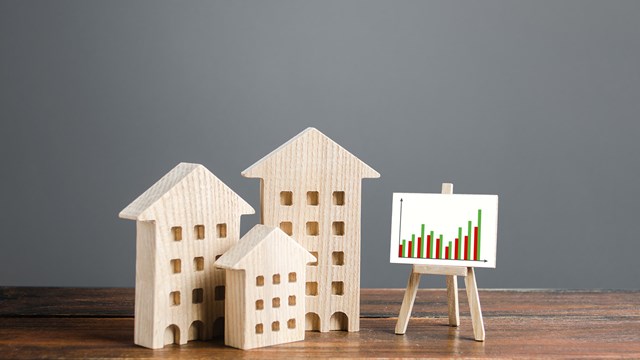The arrival of COVID-19 has wreaked havoc with the residential real estate market for both rentals and sales. Few people are enthused about the idea of moving in the middle of a pandemic, and pundits across the spectrum have projected doom and gloom for cities - particularly New York. The suggestion is that current residents will move away, leaving gluts of both rental and for-sale housing, and many of those considering moving to NYC will instead choose smaller, less crowded cities to pursue their lives and careers.
While that remains to be seen, what is clear right now is that some neighborhoods are experiencing something quite different. As the wave of real estate investment and new residential development swept over New York City in the past two decades or so, entire neighborhoods were transformed - including many in areas long considered to be the most ‘native’ of native New York. Astoria and Long Island City in Queens were among those neighborhoods close to Manhattan that most benefited from the city’s continuous - and seemingly unstoppable - growth. Both have experienced a transformation from once sleepy “bridge-and-tunnel” locations to fashionable, up-and-coming places to live - particularly among younger buyers.
The State of the Market
Arlinda Dine is the executive vice president of New Development Marketing at Modern Spaces, a brokerage firm based in Queens and active in the Astoria and Long Island City markets. They handle both rentals and sales. “There might have been a decline in interest in purchasing units right off the bat [when the pandemic hit], but it is quite the opposite now,” she says. “In the past few weeks, we have seen a slew of offers that have resulted in contracts being sent out across our new developments. Aside from the overall quality of the product we are selling, I think interest rates being historically low has definitely helped push people to make these decisions more confidently.”
Dine does observe that they have had some would-be buyers inquiring about rentals rather than condos, however, citing worries about where the ongoing pandemic may ultimately take us. “But after we started reopening in phases,” she explains, “interest in both rentals and condos has resumed. Rentals have gained more speed recently. I would say that is due to the nature of a rental being a less permanent solution. Overall though, we have seen both sides of the market gain momentum.”
Where Are Rents & Prices Going?
Reports have indicated that since the beginning of the pandemic and the resumption of sales activities, both rents and sales prices have declined in many neighborhoods - though not all at the same pace. That is to be expected; uncertainty always has a negative effect on markets of all types. Asking prices for rents and for-sale units have fallen by as much as 20% in previously sky-high locations such as Lincoln Square on Manhattan’s Upper West Side, according to several brokers in that market who prefer to remain anonymous.
On the other hand, neighborhoods like Long Island City, which appeal to a different, younger, and perhaps hipper demographic, and where apartments for both rent and purchase tend to be newer, larger, and offer more in-unit amenities than might be found in older buildings in Manhattan neighborhoods, aren’t seeing nearly that precipitous a price-drop, even with the pandemic.
“We have seen a small drop in rental prices of about 4% year-over-year, which even in the pre-pandemic world wouldn’t be that unusual,” says Dine. “As for negotiations, there hasn’t been anything beyond the usual one month free or one month paid to a broker. According to our research and market report, we haven’t seen a decline in condo prices either. What we have seen is a 12% increase in price of closed condos in Q2 compared to Q1 2020, and a 16% increase year-over-year (2019 vs 2020).” Of course, she acknowledges that they are waiting to see what happens in Q3, as showings were impossible for several months and may show up in reduced transactional activity in the short term.
A Crystal Ball
Dine observes that much is yet to be determined for the coming year, and beyond. “It depends to a great extent on how the COVID-19 situation turns out. “Based on what I have seen over the years, Long Island City and Astoria are in the sweet middle spot and have everything needed for success.” Those attributes include a good neighborhood vibe, easy access to transportation, and a central location where people will want to live while not overpaying like in so many other areas of New York City. Time will tell, of course, but Dine is optimistic: “I would say the next 12 months in these neighborhoods is looking brighter than in others.”
A J Sidransky is a staff writer/reporter for The Cooperator, and a published novelist.










Leave a Comment